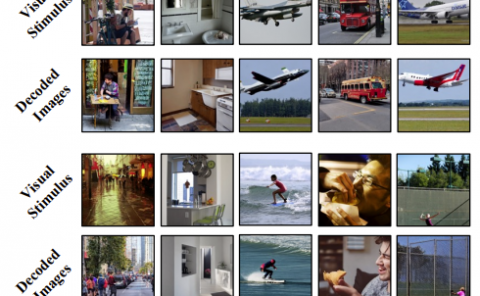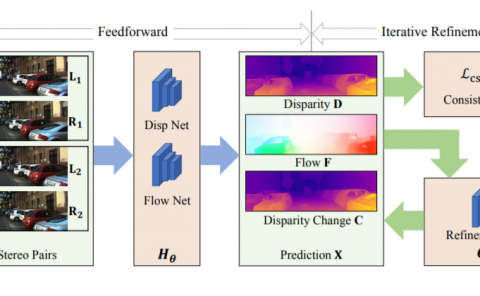A Model for Virtual Hand Ownership in Augmented Reality
PubDate: May 2020
Teams: Utrecht University
Writers: Nina Rosa; Peter Werkhoven; Wolfgang Hürst; Remco C. Veltkamp
PDF: A Model for Virtual Hand Ownership in Augmented Reality

Abstract
In the classic rubber hand illusion participants can experience ownership over a fake limb. Variations across media such as the virtual hand illusion in virtual and augmented reality show similar findings. Previous studies have shown that the ownership experience may be the result of the integration of neurocognitive top-down and bottom-up processes. Yet, there are frequently occurring individual differences between participants that cannot be explained solely in this way. We present a two-level processing model for the experience of virtual hand ownership, based on (1) the construction of a tentative hand model and (2) the testing of ownership over this hand model. While the first level processing closely follows existing ownership models, the novel second level processing is suggested to be influenced by a number of new factors that can lead to individual differences. We support the model through a literature review, and moreover use an experiment for the second level. In this experiment, we show that a participant’s immersive tendency, a personality trait that describes one’s capability to become immersed in mediated environments, influences their susceptibility to owning a virtual hand in augmented reality. Our results illustrate that to a certain extent individual differences in rubber hand illusion studies can be explained by specific personality traits, and we place this in a model to advance our understanding of the underlying mechanisms that shape the experience of ownership.


